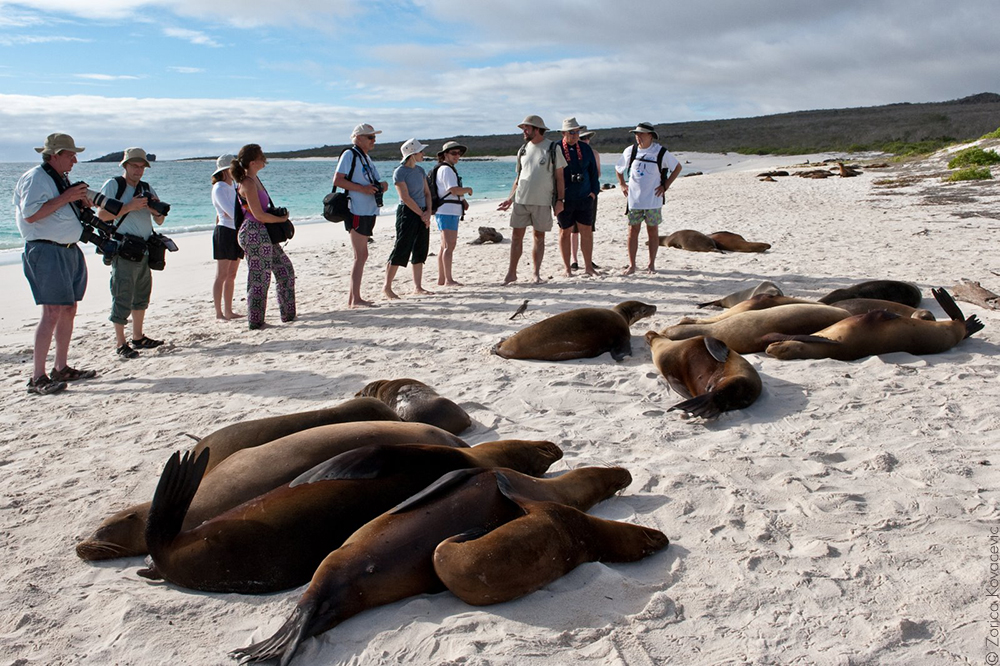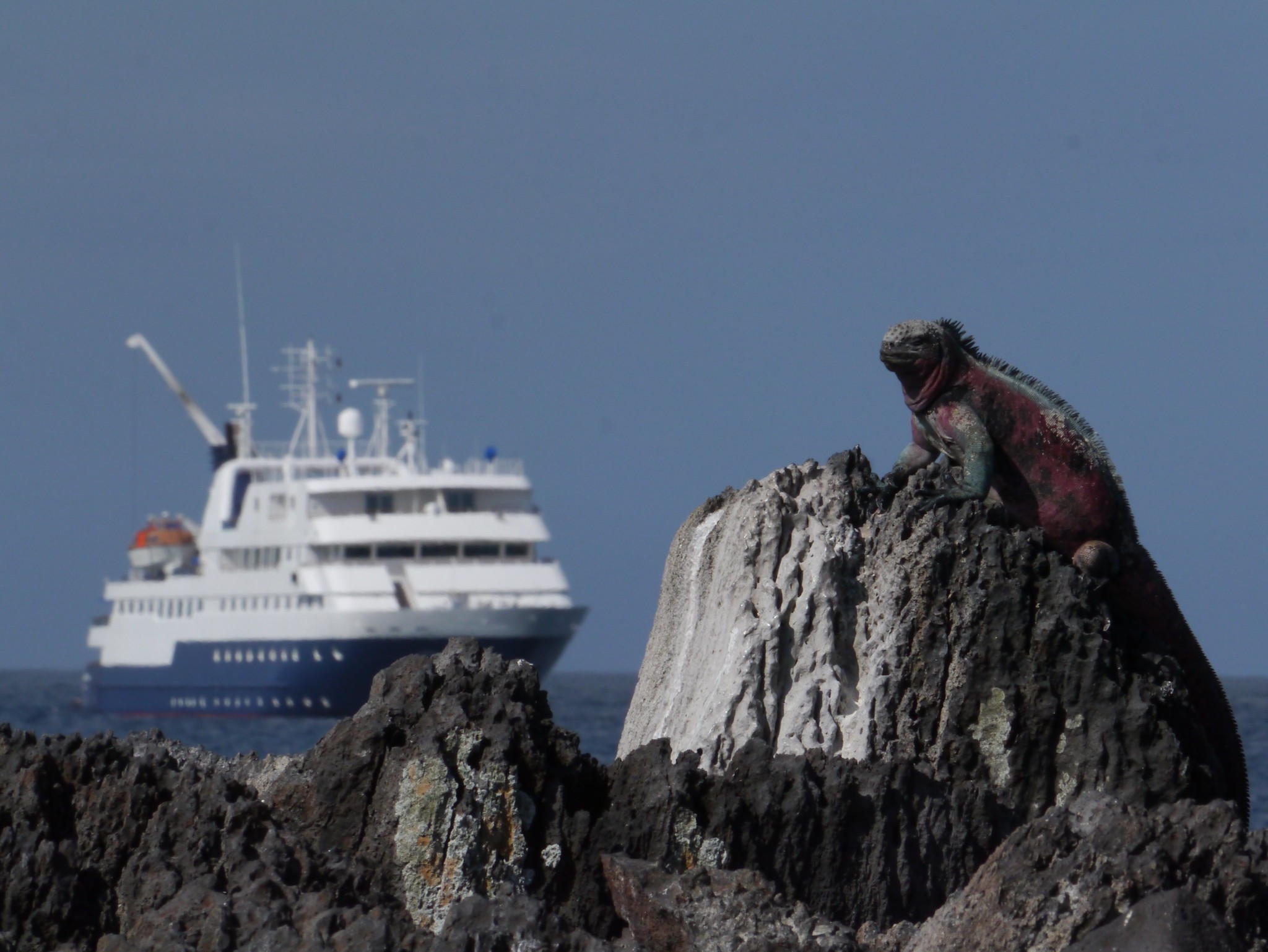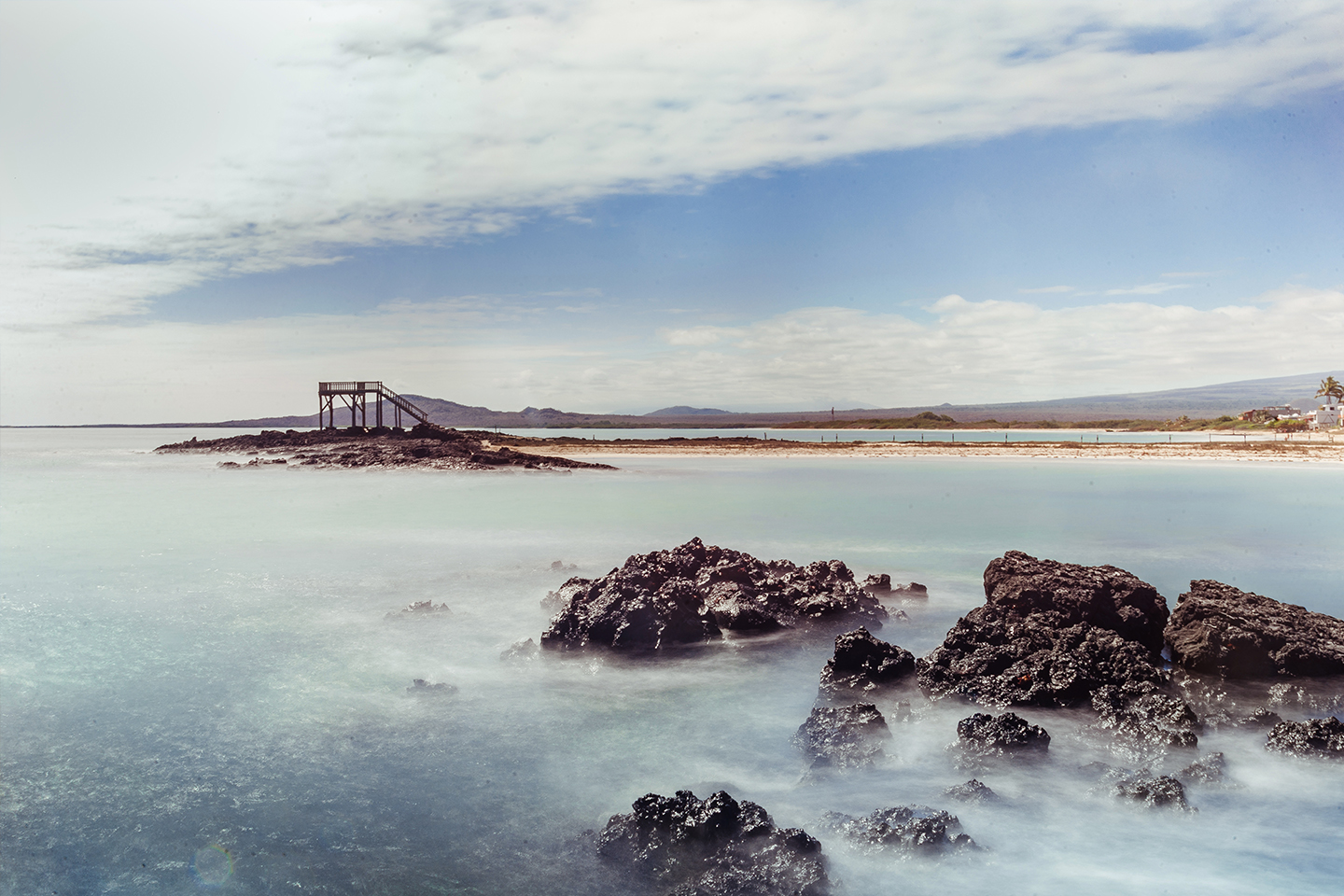Travel
Visitors to Galápagos often become its most dedicated conservation advocates. Learn more about reducing your footprint when visiting this ecological paradise.
Travel Partners
Visitors play a critical role in ensuring the long-term health of the wildlife and habitats of Galápagos by choosing sustainability-minded tour providers and accommodations.
Planning a Trip
The Galápagos Islands are governed by law that supports conservation and the preservation of its beautiful but fragile environment.
National Park Rules
The endemic wildlife and pristine habitats of the Galapagos National Park are a UNESCO World Heritage Site and an ecological treasure that must be treated with the highest respect.
More from Galápagos Convervancy
Keep Exploring
Our Efficiency
78%
Direct conservation and grants investments
16%
Fundraising
6%
Management


